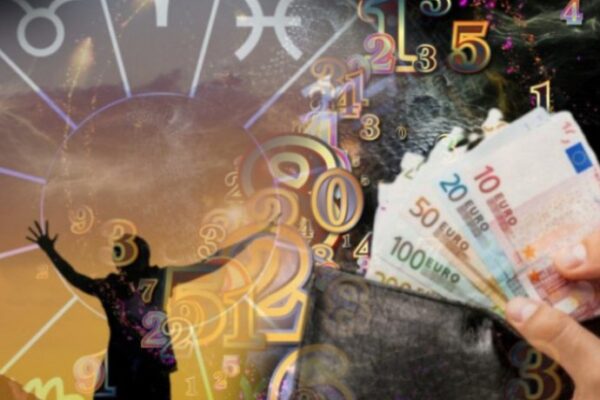Showbiz
-

VIŠE NEMA KOVRDŽE! LIDIJA VUKIČEVIĆ NAKON 50 GODINA POKAZALA NOVU FRIZURU: Neprepoznatljiva, Pogledajte Kako SADA IZGLEDA (FOTO)
-

OVO SU DJECA TOME ZDRAVKOVIĆA: Čime se bave i gdje se nalaze
-

NEKADA BILA AVION A SADA JE JOŠ BOLJA, evo kako izgleda sad INDIRA RADIĆ
-

AMIDŽIĆ SA TRUDNOM DJEVOJKOM NAPUŠTA STAN Ognjen i Mina moraju da se isele ZA 10 DANA
Horoskop
-

Pronađite svoj znak po datumu rođenja: Ovo je najtačnija analiza, otkriva sve o vama
-

NIJE NI ČUDO ŠTO JE NAJTAČNIJI: Saznajte šta ste u kineskom horoskopu i šta vam poručuje
-

NIKO NIJE INTELIGENTNIJI OD NJIH: Ovo Su 3 Najpametnija Horoskopska Znaka
-

HOROSKOP ZA 24. MART: Vage hitno trebaju da IZAĐU napolje, a NJIH čeka ŠOK VIJEST






























